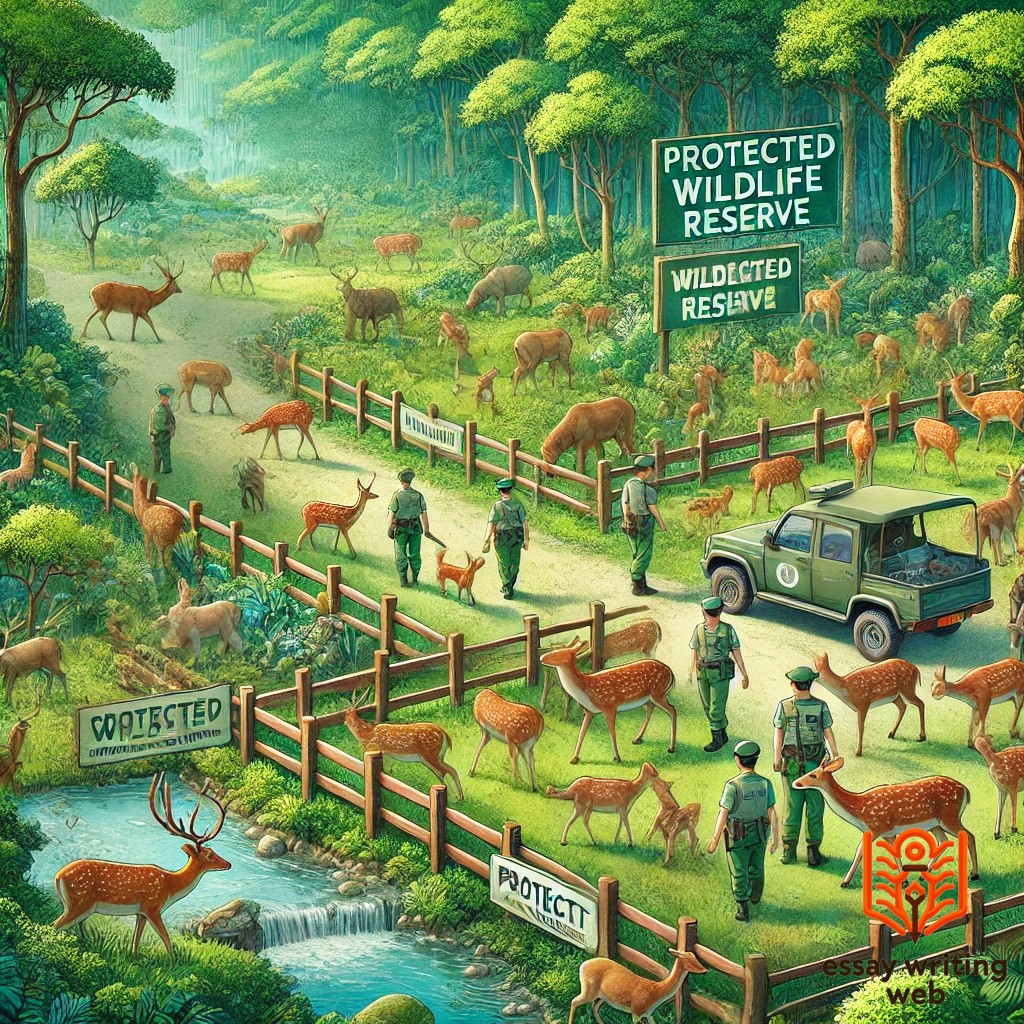 Essay Writing Web
Essay Writing Web

 19-09-2024
19-09-2024
 www.essaywritingweb.com
www.essaywritingweb.com
Deer are graceful and captivating creatures found in various parts of the world. Belonging to the family Cervidae, they are well known for their elegance, agility, and distinctive antlers, which are primarily found in males. Deer are herbivores and primarily feed on grass, leaves, fruits, and twigs. Their adaptability to diverse environments, from dense forests to open grasslands, has made them a common species across continents like Asia, Europe, North America, and parts of South America.
One of the most striking features of deer is their antlers, which are shed and regrown annually, symbolizing their strength and adaptability. Antlers are not only a defense mechanism but also a sign of dominance and mating prowess. The variety of deer species, such as white-tailed deer, red deer, and reindeer, showcases the diversity within this species.
Deer plays a vital role in maintaining ecological balance by contributing to the regulation of vegetation. They also serve as prey for many predators, thereby sustaining the food chain. Their existence is significant for the health of many ecosystems. However, overhunting, habitat destruction, and climate change have posed serious threats to their populations.
Apart from their biological importance, deer hold a symbolic place in human culture and history. In many traditions, they are viewed as symbols of grace, peace, and gentleness. Deer often features in myths, legends, and artwork, representing freedom and natural beauty.
In conclusion, deer are not only an essential part of wildlife but also creatures that evoke awe and admiration. Protecting them ensures the preservation of nature’s delicate balance, making conservation efforts crucial to their survival. Deer continues to inspire fascination with their elegance and significant role in the ecosystem.
Deer are elegant and adaptable animals, known for their distinctive physical features, which contribute to their survival in the wild. Typically, deer have a slender, graceful body structure with long legs that allow them to run swiftly and escape predators. Their coat varies in color depending on the species and environment, ranging from reddish-brown in summer to grayish-brown during winter. Many species, like the white-tailed deer, display white markings on their tail or underbelly, helping with camouflage.
One of the most notable features of male deer is their antlers, which are regrown and shed annually. These branched, bony structures are used in battles during mating season to establish dominance. The size and complexity of antlers vary depending on species, age, and health. Some species, like the reindeer, have antlers in both males and females, while in most species, only males grow them.
Deer have large, dark eyes positioned on the sides of their heads, giving them a wide field of vision. Their keen sense of sight, along with acute hearing and an excellent sense of smell, helps them detect danger quickly. Their hooves are also highly adapted for various terrains, allowing them to move quietly through forests or leap swiftly across open fields.
Overall, deer possess physical traits that make them agile, alert, and well-suited to their environments. Their remarkable adaptability and unique characteristics make them one of nature’s most iconic and admired animals.

Deer belongs to the family Cervidae, a diverse group that includes several species found across the world. These species vary in size, habitat, and physical characteristics, but they all share certain common traits, such as hooves and, in most cases, antlers. Below are some of the most well-known types of deer.
Native to North America, the white-tailed deer is one of the most recognized species. It gets its name from the distinctive white fur on the underside of its tail, which it raises when alarmed. White-tailed deer are adaptable and can be found in a variety of habitats, including forests, grasslands, and even suburban areas.

Red deer are one of the largest deer species and are native to Europe, Asia, and parts of North Africa. They have a reddish-brown coat, which gives them their name, and large, impressive antlers. Red deer are often associated with European folklore and culture, and they thrive in woodlands and hilly areas.
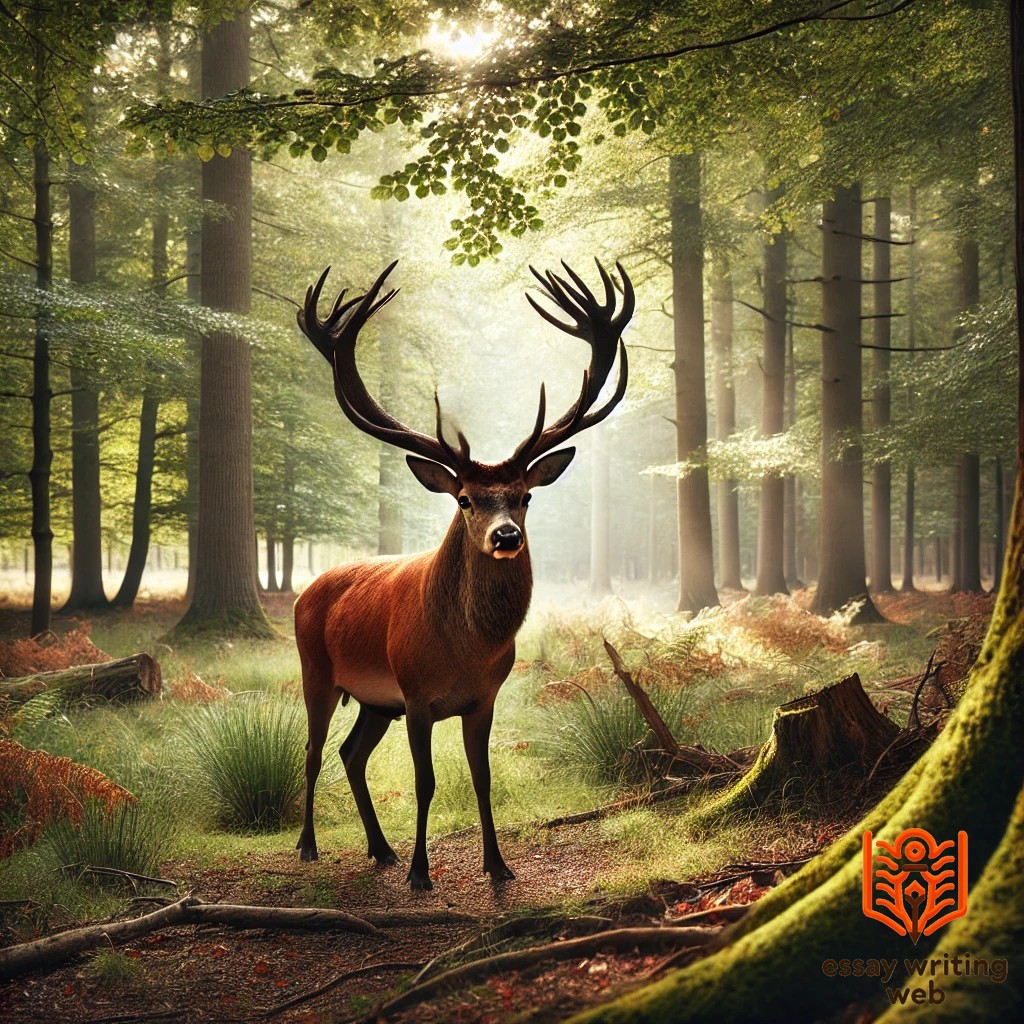
Known as reindeer in Europe and caribou in North America, this species is unique in that both males and females grow antlers. Reindeer are well-adapted to cold climates and are found in the Arctic and subarctic regions. They have a thick coat and are known for their migratory behavior, traveling long distances in search of food.
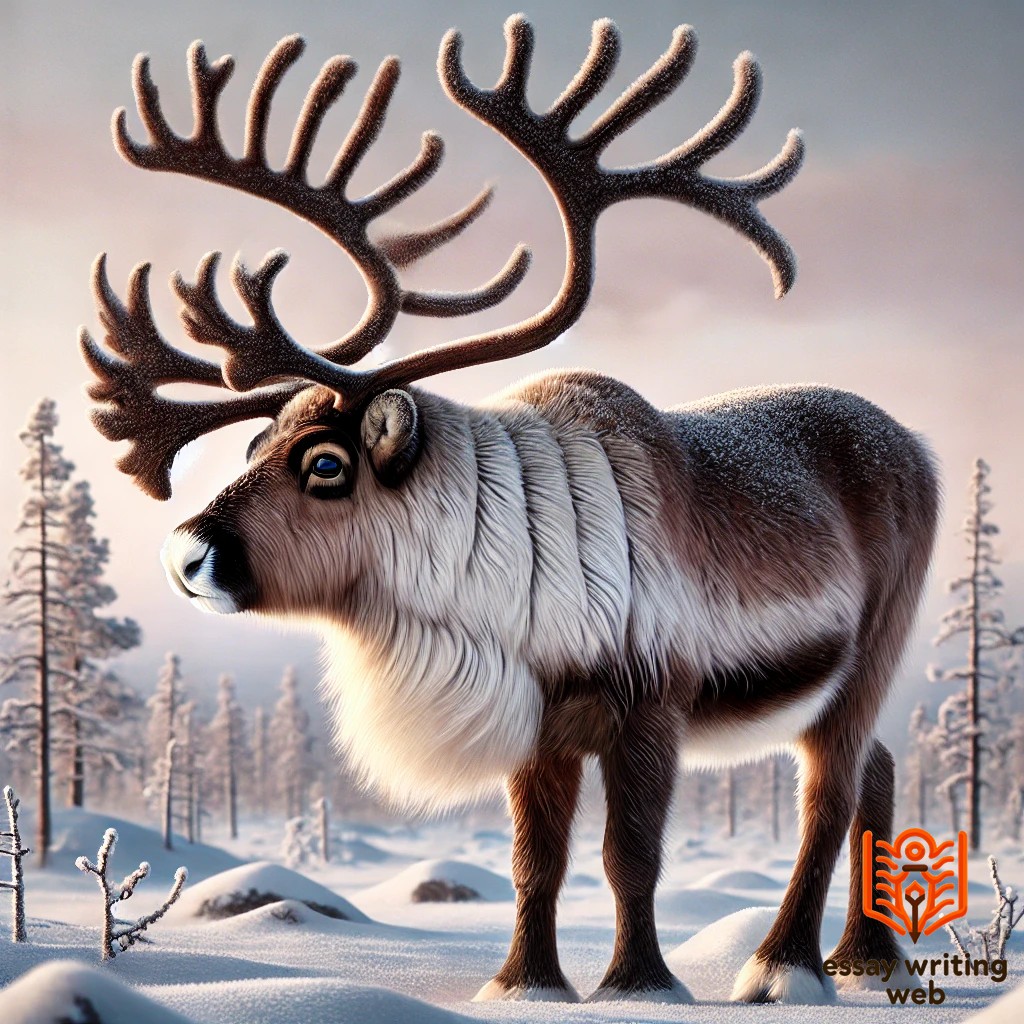
The Sambar deer is native to South and Southeast Asia and is known for its large size and dark brown coat. It inhabits dense forests and is a solitary animal. Sambar deer have strong antlers and are an important species in Indian ecosystems, often preyed upon by large predators like tigers and leopards.
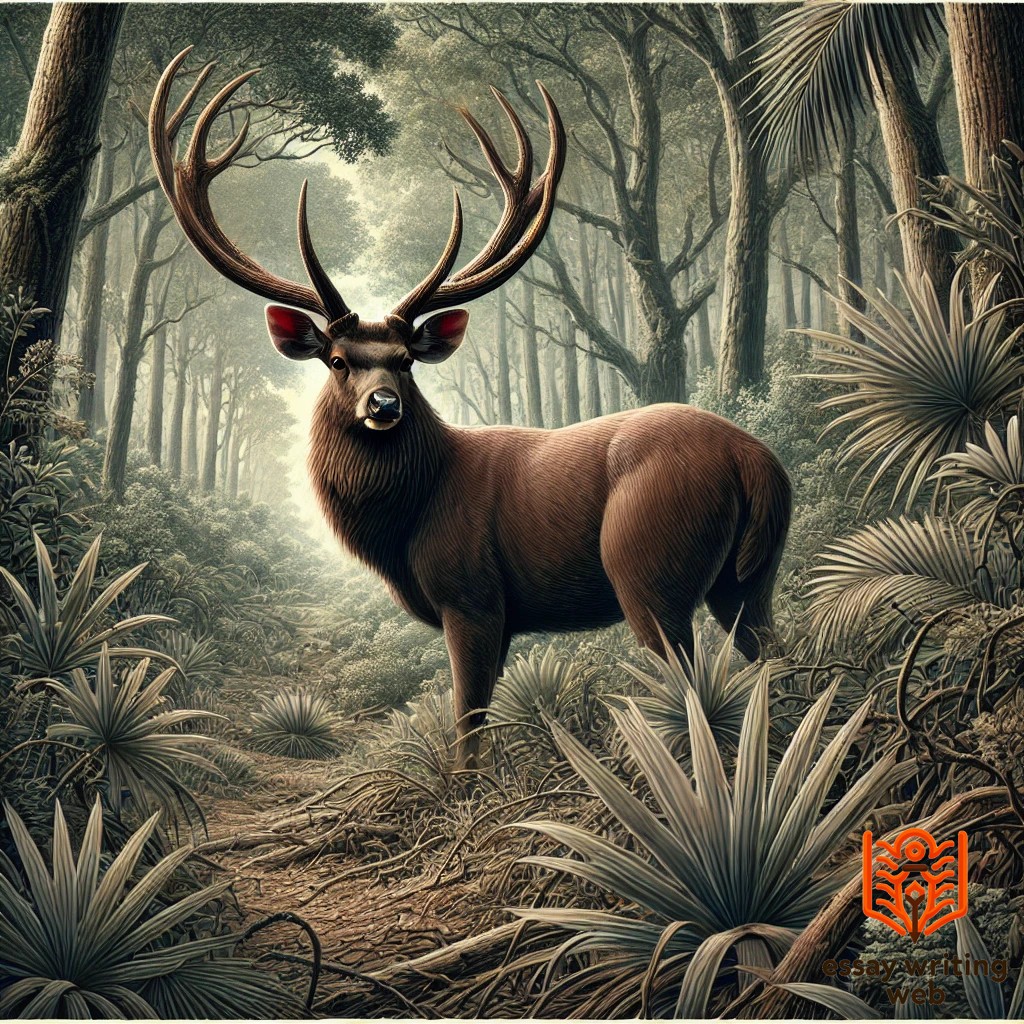
Mule deer are native to western North America and are named for their large, mule-like ears. They have a stockier build than white-tailed deer and are often found in mountainous regions and arid landscapes. Mule deer are well-adapted to harsh environments and are known for their strong leaping ability.

Fallow deer are native to Europe but have been introduced to other parts of the world. They are smaller than red deer and are known for their distinctive palmate antlers, which resemble a hand. Fallow deer come in a variety of coat colors, from reddish-brown to almost white, and are often seen in open woodlands and parks.
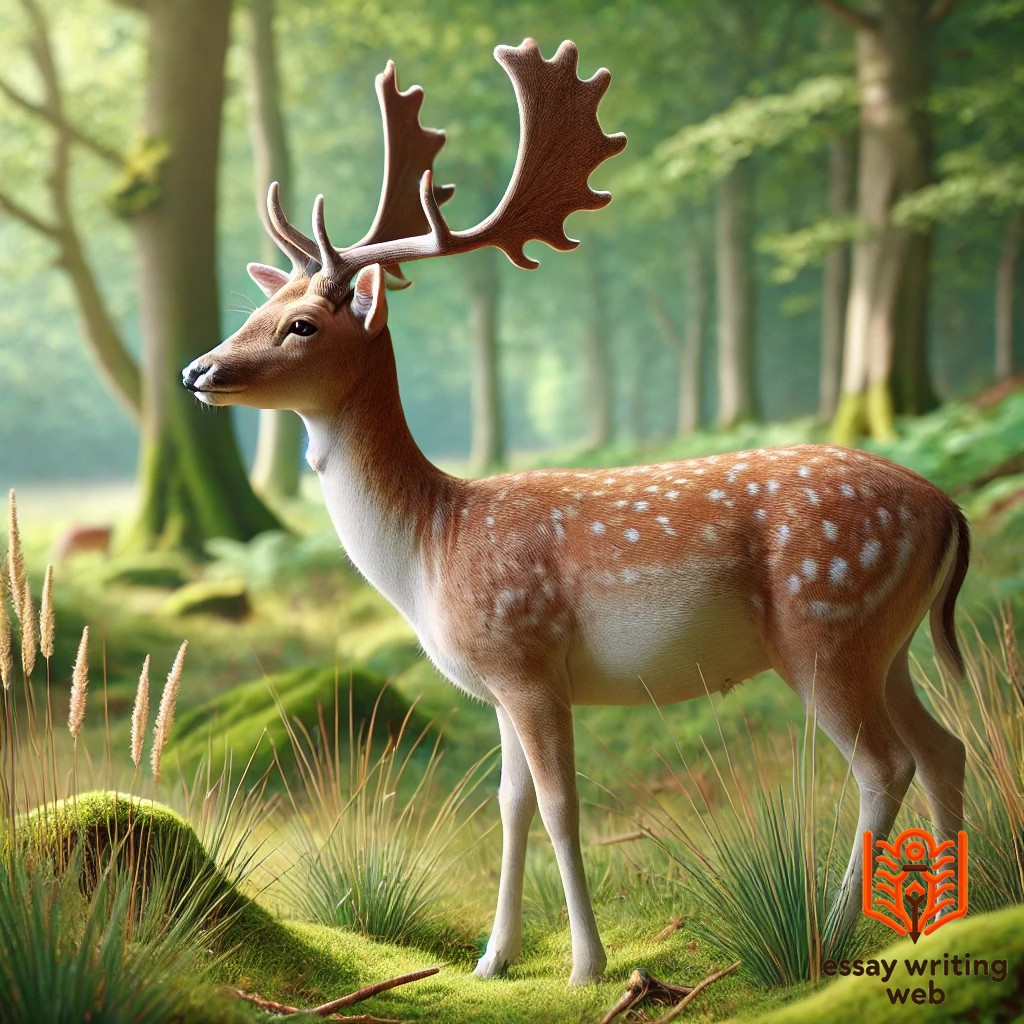
Deer are highly adaptable animals, and their habitats vary widely depending on the species and geographic location. These graceful creatures are found across several continents, including North America, Europe, Asia, and parts of South America. Their ability to thrive in diverse environments is a testament to their evolutionary success.
One of the most common habitats for deer is forests. Dense woodlands offer deer ample cover from predators and provide abundant food sources such as leaves, twigs, and bark. In temperate forests, species like the white-tailed deer and red deer are commonly found, making use of the forest's thick vegetation for shelter and sustenance.
Deer are also found in grasslands and savannas, where they graze on grasses and other low-growing plants. Species such as mule deer and reindeer are well-suited to these open habitats, where they can spot predators from a distance and use their agility to escape quickly. In the arctic tundra, reindeer or caribou roam vast, cold landscapes, surviving in harsh conditions with their thick fur and migratory habits.
Some species, like the Sambar deer, thrive in tropical rainforests, which offer dense foliage and a variety of food. They often live near water sources, such as rivers and lakes, which provide hydration and additional plant life for grazing.
Overall, deer have demonstrated remarkable versatility in adapting to different ecosystems, from humid forests to arid plains. This adaptability has enabled them to survive and thrive in a wide range of environmental conditions.
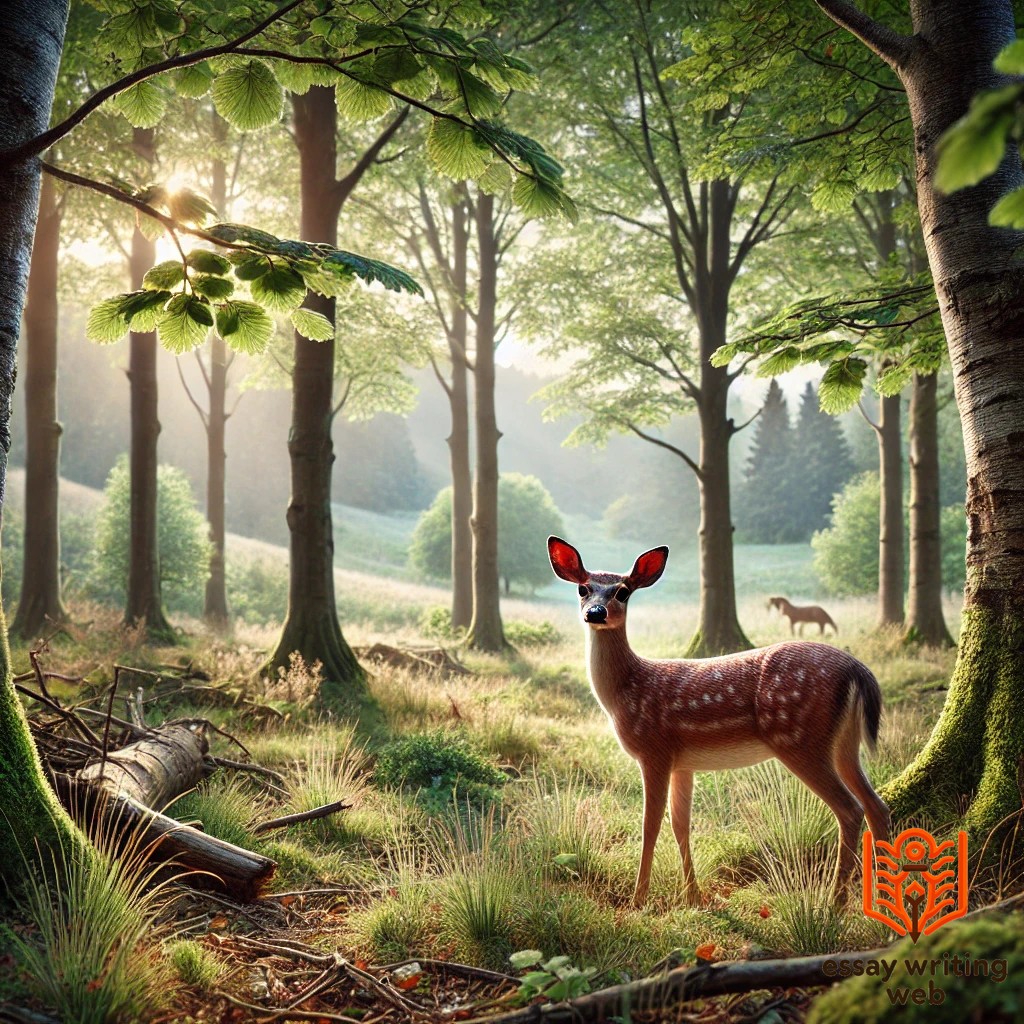
Deer are herbivores, and their diet primarily consists of a variety of plant materials, which vary depending on their habitat and the season. Their feeding habits are well adapted to their environment, allowing them to thrive in diverse ecosystems, from forests to grasslands.
In forests, deer feed on leaves, twigs, and bark from trees and shrubs. They prefer tender shoots, young leaves, and fresh growth, as these are easier to digest and provide more nutrients. In the spring and summer, when vegetation is abundant, deer consume a large amount of fresh grass, fruits, berries, and herbs. This period of abundance allows them to build up energy reserves for the colder months.
During the fall and winter, when food is scarcer, deer adapt by foraging for what is available. They often rely on woody plants, acorns, and other nuts, as well as lichens and fungi. Deer are known to be selective feeders, meaning they choose plants that are high in nutrients and avoid those that are more difficult to digest or low in nutritional value.
Deer are ruminants, which means they have a specialized stomach with four chambers. This allows them to digest tough plant materials through a process of fermentation, similar to how cows digest their food. They chew cud, regurgitating partially digested food to chew it again for better nutrient absorption.
Overall, deer’s diet and feeding habits showcase their adaptability, helping them survive in changing environments throughout the year.

Deer exhibit diverse behavior and social structures that vary across species and environments. Typically, deer are social animals that prefer living in groups, called herds. These herds offer safety, as there is strength in numbers when it comes to spotting predators. Female deer, or does, often gather with their offspring, while males, or bucks, tend to lead more solitary lives, especially outside of mating season.
During the mating season or rut, male deer become more territorial and aggressive. They often engage in battles, using their antlers to fight for dominance and the opportunity to mate with females. These competitions help establish a social hierarchy among males.
Deer are generally nocturnal or crepuscular, meaning they are most active at night or during dawn and dusk. This behavior allows them to avoid predators and forage for food in relative safety. Their keen senses of hearing, smell, and vision help them stay alert to danger, and they communicate with each other through sounds, body language, and scent marking.
In addition to their herd structure, some species of deer are known to migrate seasonally, such as reindeer, which travel long distances to find food during harsh winters. Overall, deer are adaptable and exhibit behaviors that ensure their survival in various habitats.

Deer plays a crucial role in maintaining the balance and health of ecosystems across the world. As herbivores, they act as primary consumers in the food chain, feeding on plants and vegetation, which helps regulate plant growth. By grazing on grass, shrubs, and leaves, deer prevent overgrowth of certain plant species, allowing a variety of plants to thrive. This selective feeding promotes biodiversity by encouraging a balance of different types of vegetation within their habitat.
Deer also serves as prey for a wide range of predators, including wolves, lions, tigers, and large carnivorous birds. By providing a food source for these predators, deer help maintain the natural predator-prey dynamic, which is essential for ecological stability. A healthy population of deer ensures that predators can thrive, creating a balanced ecosystem.
Additionally, deer contribute to the process of seed dispersal. As they forage, they carry seeds from the plants they consume to new areas, either through their digestive system or by catching seeds in their fur. This helps plants spread to new areas, promoting forest regeneration and the growth of new vegetation.
However, when deer populations grow unchecked due to a lack of predators or human interference, they can have a negative impact on the environment by overgrazing. This can lead to habitat degradation and reduced biodiversity.
In conclusion, deer are essential to the ecosystem, contributing to plant management, serving as prey, and aiding in seed dispersal, ensuring the health and balance of their natural surroundings.

Throughout history, deer have held a prominent place in various cultures and symbolic traditions. Known for their grace, agility, and gentleness, deer are often associated with purity, peace, and spiritual growth. In many cultures, deer symbolize harmony with nature and the beauty of the wilderness.
In Hinduism, the deer is seen as a symbol of gentleness and compassion, often depicted alongside deities such as Lord Shiva and Saraswati. The deer’s peaceful nature embodies serenity and spiritual enlightenment, making it a revered animal in religious practices.
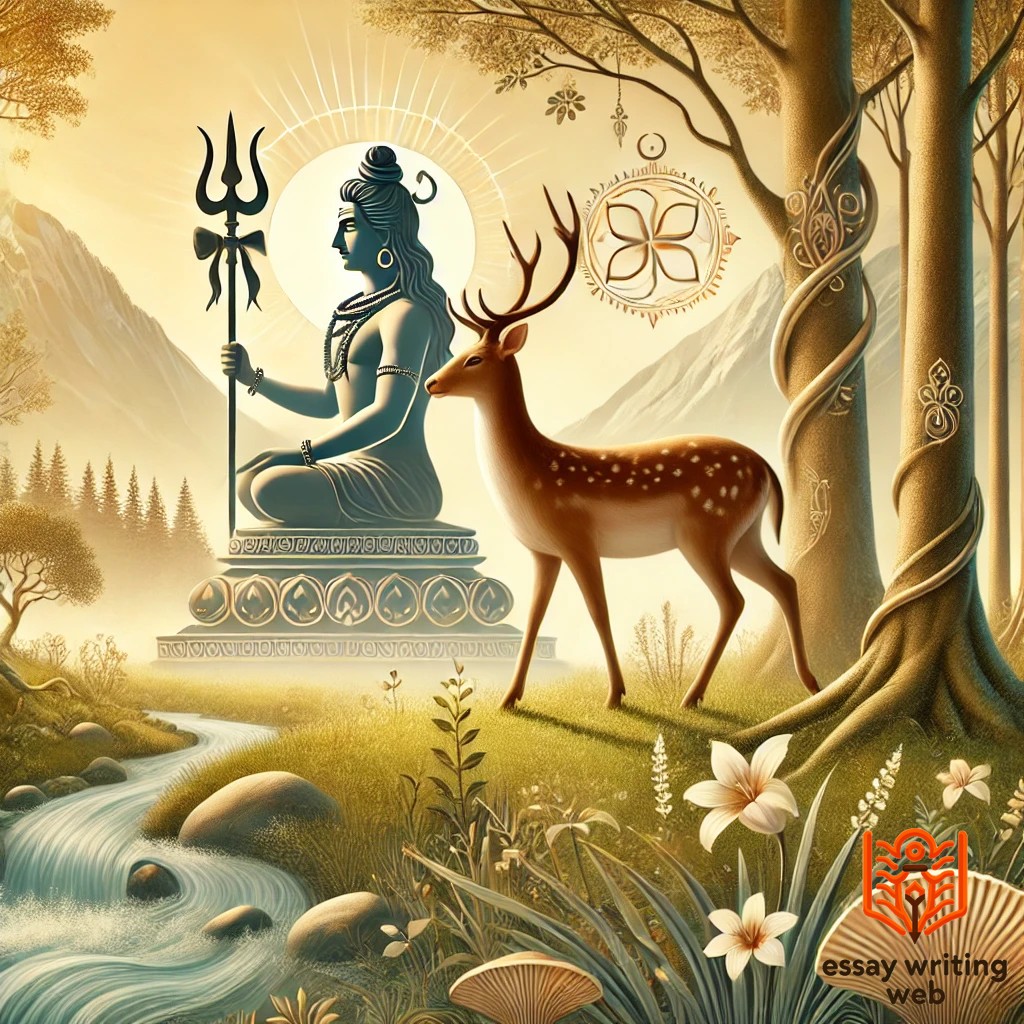
In Celtic culture, deer are associated with the divine. The stag, especially, symbolizes strength, leadership, and renewal. It is believed to guide souls between the physical and spiritual realms, representing a connection to otherworldly wisdom.
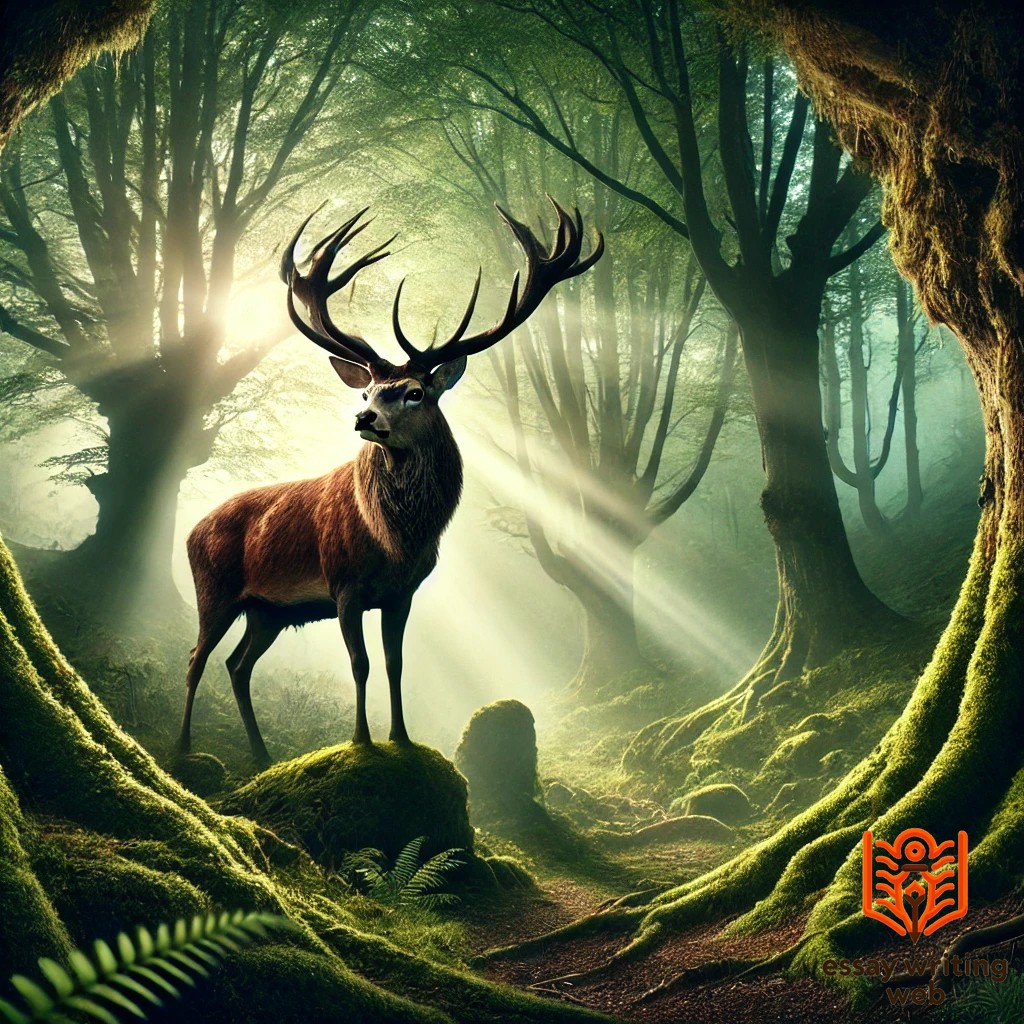
In Buddhism, deer are linked with the Buddha’s teachings. The first sermon Buddha gave was in a deer park, and deer are seen as symbols of innocence and mindfulness, highlighting the virtues of non-violence.

Across Native American traditions, deer are viewed as messengers and symbols of gentleness, awareness, and unconditional love. They are often featured in stories that teach lessons about living in harmony with nature and embracing one’s inner instincts.
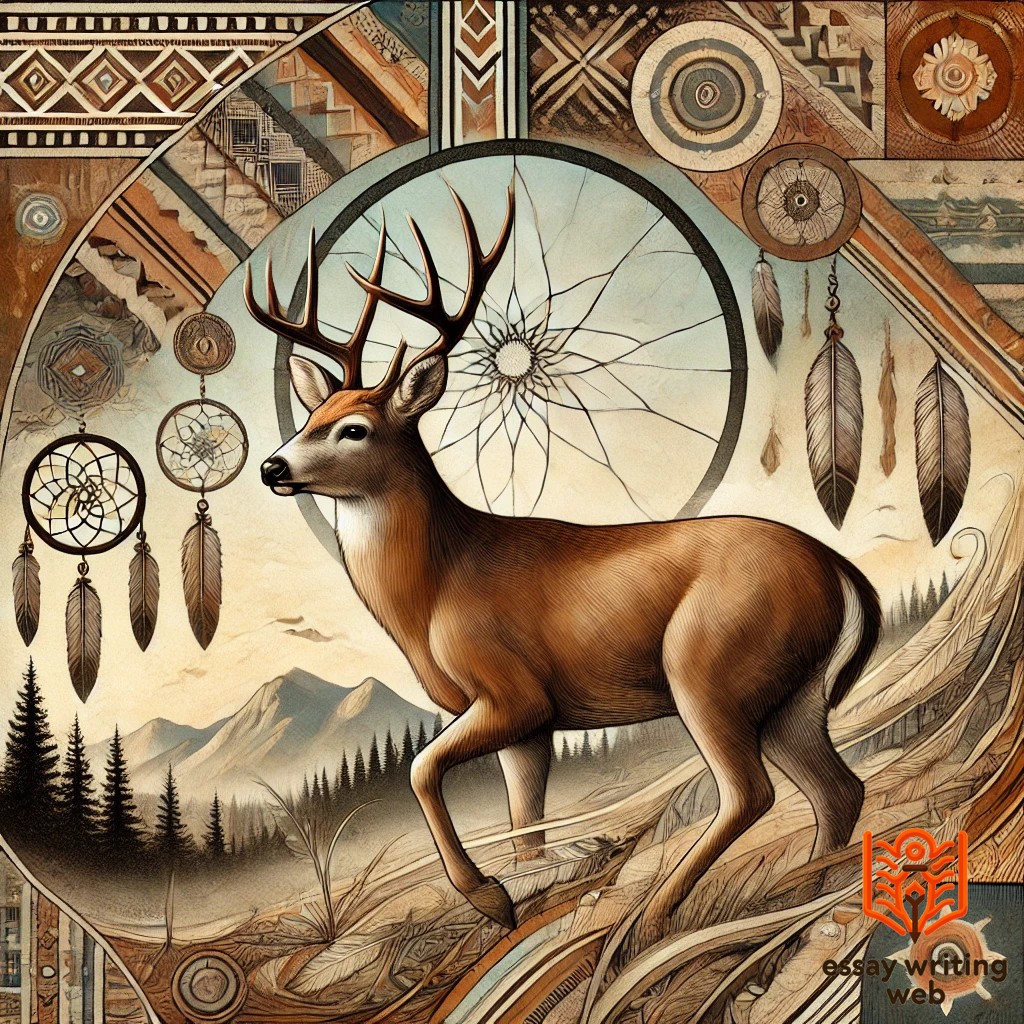
Deer populations around the world face numerous challenges, including habitat loss, hunting, and environmental changes. As a result, various conservation efforts have been implemented to ensure the survival of these graceful animals. Protecting deer not only helps maintain biodiversity but also preserves the ecosystems in which they play an integral role.
One of the most important strategies in deer conservation is habitat protection. Deforestation, urban expansion, and agricultural activities have significantly reduced the natural habitats available for deer. Many conservation programs focus on preserving forests, grasslands, and wetlands to provide deer with safe environments where they can thrive. Creating protected areas such as national parks and wildlife sanctuaries helps ensure that deer populations are shielded from human encroachment.
Another key approach is the regulation of hunting. In some regions, overhunting has led to a sharp decline in deer populations. Governments and conservation organizations have introduced hunting quotas and seasons to prevent overexploitation. These regulations help control deer populations sustainably while allowing for the traditional practices of hunting in certain areas.
Additionally, research and monitoring play a crucial role in deer conservation. Scientists track population trends, study disease prevalence, and monitor environmental changes that could affect deer. This data helps guide policy decisions and conservation actions.
Public awareness campaigns are also important in promoting the protection of deer. These initiatives educate communities about the ecological importance of deer and encourage sustainable practices that benefit both the species and the environment.
